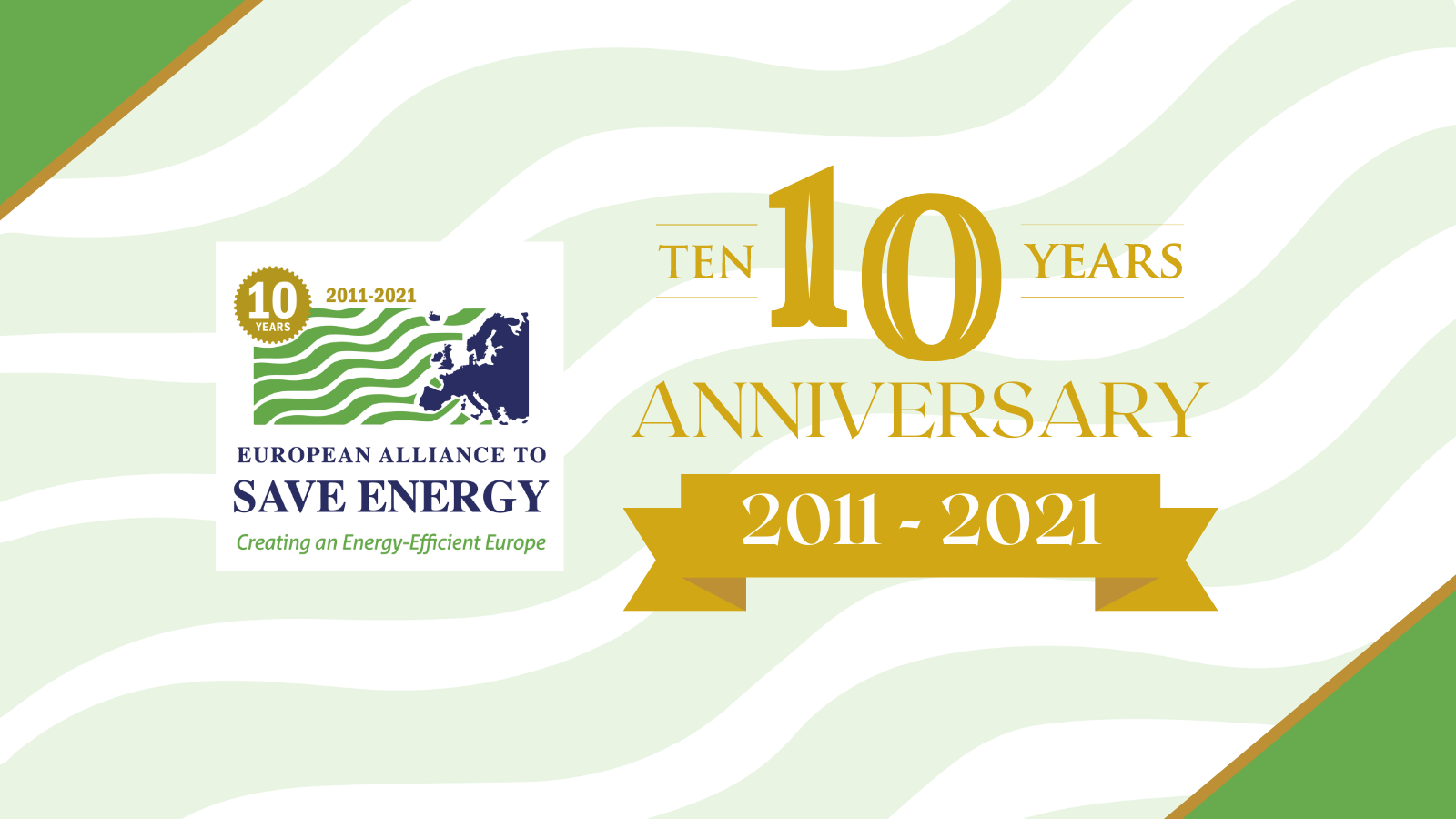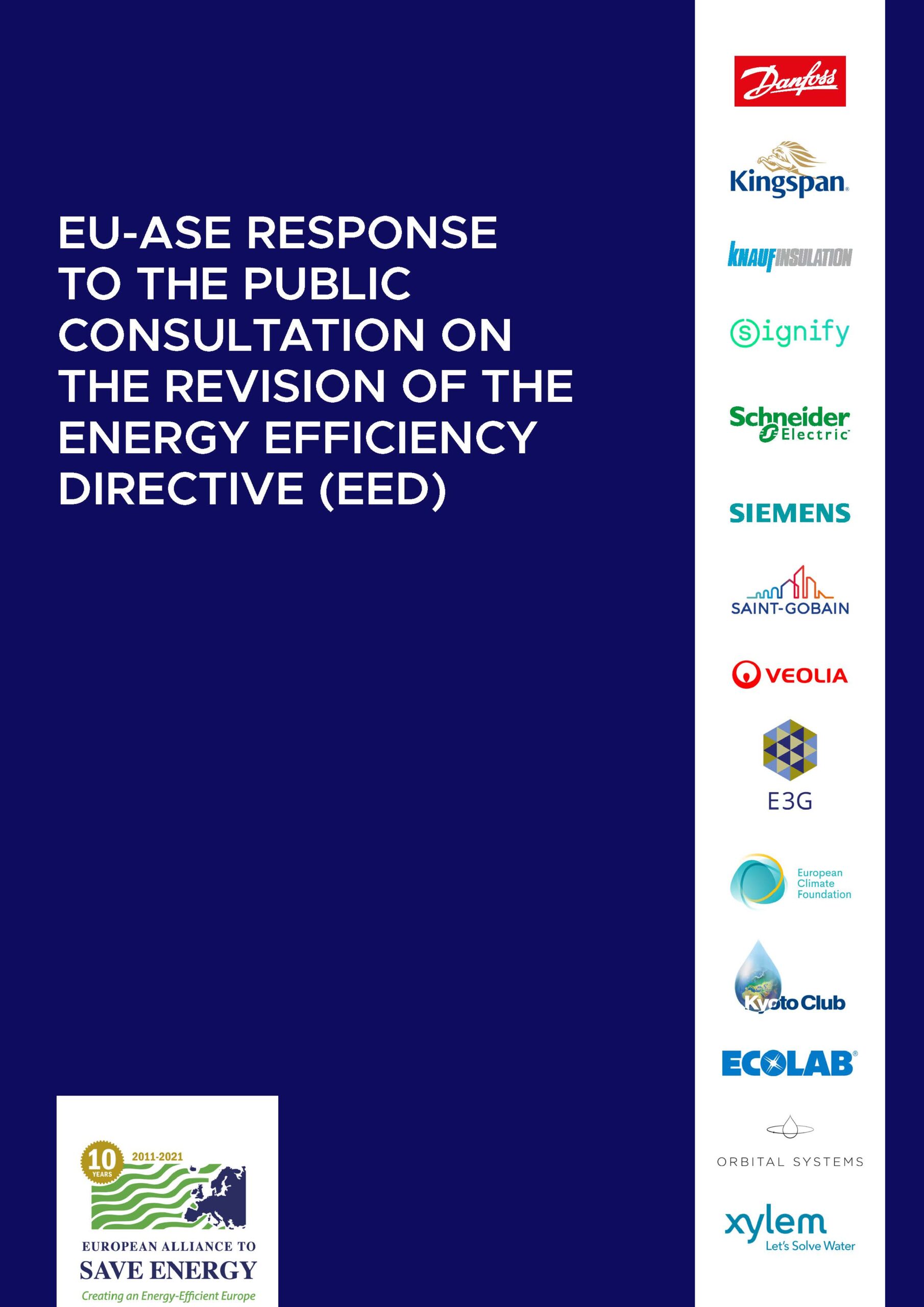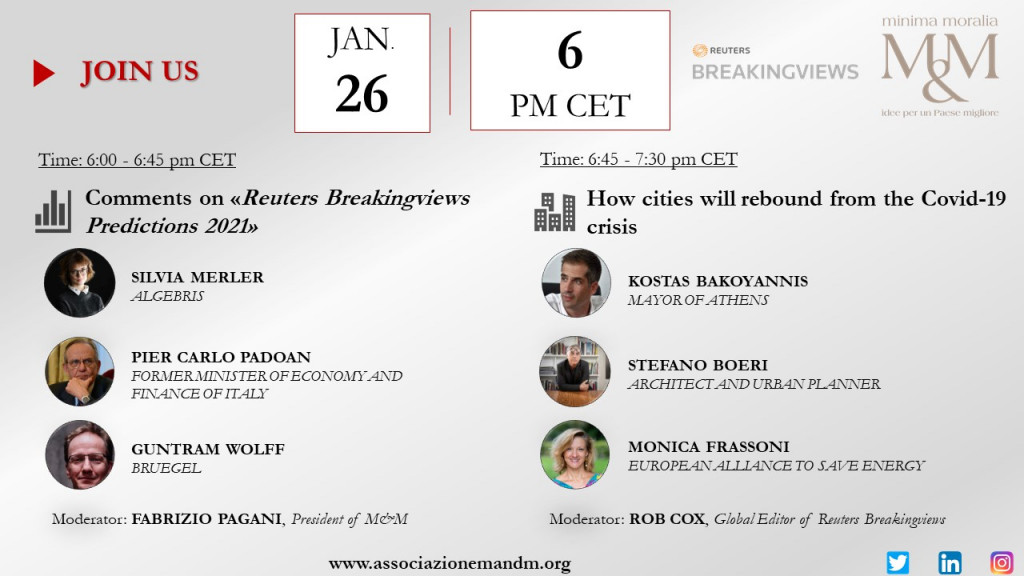10 years and going strong! Celebrating the first decade of EU-ASE

2021 marks the 10th anniversary of the European Alliance to Save Energy (EU-ASE).
EU-ASE was established at the United Nations Climate Change Conference (COP16) held in Cancun, Mexico, in December 2010. Over the last decade, it has grown to become one of the most influential business-led organisations on energy efficiency in Brussels.
Our vision remains unchanged. We strive for a future where energy efficiency is central to the entire EU energy system and is a fundamental driver of decarbonisation, job creation and sustainable growth.
“When the European Alliance to Save Energy was founded, energy efficiency was the Cinderella of EU energy policies. This is no longer the case. Energy efficiency and the energy efficiency first principle have gained the attention they deserve and are a pillar of the European Green Deal. I believe our efforts – coordinated with our partners in Brussels, Europe and globally have been crucial to make this happen. However, the road ahead is still long, as the energy efficiency potential in buildings, transport, and industry is still largely untapped. In the next decade, we need to make energy efficiency measures a game changer in the EU energy system and a major priority in Member States to achieve climate neutrality by 2050,” said Monica Frassoni, President of the European Alliance to Save Energy.
“In a rather short time the European Alliance to Save Energy has become a major player in the EU sphere and a reference for the institutional and businesses community. Our voice is heard and appreciated by policy and decision makers. The Alliance’s 10th anniversary comes at a decisive moment with energy efficiency set to play a crucial role for economic recovery and the clean energy transition. Several key pieces of legislation will be revised in the course of 2021. We look forward to the second decade of the Alliance which interestingly coincides with that of global climate action,” stated Harry Verhaar, Chair of the Board of the European Alliance to Save Energy.
“Ten years have flown by incredibly fast. A decade ago, our aim was to put energy efficiency at the centre stage of the energy transition by bringing together progressive businesses, environmental think-tanks and NGOs to work as an ‘alliance’. Today our model is a success. We look forward to the next decade, with the same motivation and increased ambition, hoping to welcome new members from across sectors and build many more innovative partnerships,” commented Luigi Petito, Head of the Secretariat of the European Alliance to Save Energy.
View our 10 years video testimonials here and follow EU-ASE social media channels (Twitter and LinkedIn) and #EUASE10 to stay updated with our activities to celebrate the 10 years of the Alliance. Here is to many more to come!
About us
The members of the European Alliance to Save Energy (EU-ASE) are some of the world’s leading multinational companies, a prominent cross-party group of European politicians and environmental campaigners. EU-ASE provides a platform from which business leaders can advance the cause of energy efficiency, promote good business practices, and share innovative ideas.
Media contact
Matteo Guidi
matteo.guidi@euase.eu
+32 493 37 21 42




